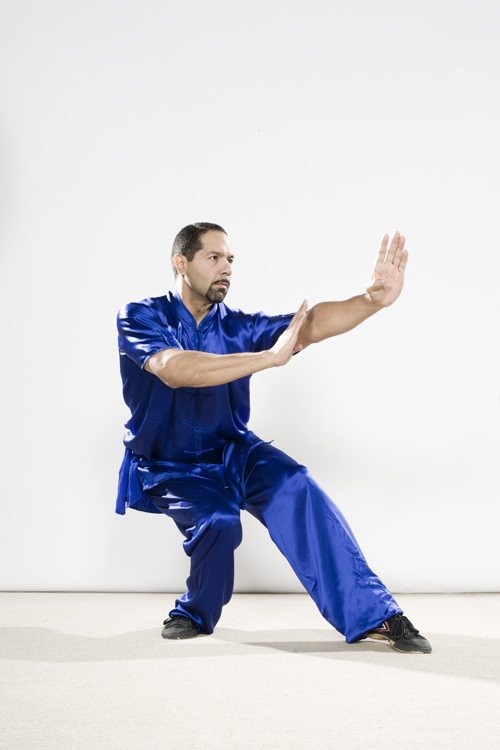^^^^ Just to clarify, I think you mean to say, "...like some Wing Chun kwoons..." because the Ip Man WC/VT/WT branches I've been exposed too consider "Character-Two Adduction Stance" or Yee Gee Kim Yeung Ma to be a training stance.
Really, the back-weighted stance, the "character-two" stance, the 45° and 90° turned stances, and the steps (both shuffle steps and passing steps), are all just a way to move effectively. Each position flows into the next as needed and only a fool stays put in a static position when sparring or fighting.
Now a person could legitimately criticize WC for overly favoring the narrow, upright postures characteristic of all the above listed stances. However, I would maintain that to some degree this "deficiency" of scope is addressed in the long, low pole stances. They are not used often, but are still taught for a practical reason over and beyond their value in conditioning. As Jow Ga Wolf has been saying all along, there are times when a strong, low stance is advantageous.


